Sánchez announces a plan of 10.471 billion for defense with which Spain will reach 2% of GDP by 2025

Madrid – The President of the Government, Pedro Sánchez, has announced that Spain will meet its commitment to reach 2% of GDP in security and defense spending this year 2025, which will entail an additional investment of 10.471 billion euros.
In a statement at La Moncloa after the Council of Ministers meeting on Tuesday, Sánchez confirmed that spending will reach that level this year, increasing from the current 1.4% to 2%. The initial commitment was to reach this cap by 2029, but in recent weeks, amid the debate on the need to increase defense spending, Sánchez indicated it would be achieved “as soon as possible.”
In this regard, he noted that the Council of Ministers has approved the plan to strengthen the security and defense industry announced a few weeks ago in the Congress of Deputies, and it will be sent to the European Union and NATO this Wednesday.
Sánchez admitted that it is an “important effort” but also “proportional” to the challenges facing Europe and therefore Spain in a “rapidly changing” geopolitical and technological context, and he recalled that it fulfills a commitment made by the previous administration of Mariano Rajoy (PP).
There will be no tax increase, and not a single cent of euro will be touched from the investment in the welfare state
Moreover, he reiterated that this plan will be carried out “without raising taxes and without touching a single cent of euro from the investment in the welfare state” and also without incurring more public deficit. He also defended that “less than one-fifth” of this plan is allocated to the purchase of military equipment “in the most traditional sense of the term.”
Until now, the Government stated that Spain was at 1.28% of defense spending relative to GDP, but on Tuesday Sánchez raised it to 1.4%. This is due, according to government sources, to NATO having already communicated to Spain the update of its defense spending for 2024.
Labor conditions and cybersecurity
During his appearance, the head of the Executive detailed that the plan is structured around five pillars. The first, which will account for 35% of the total investment, that is, more than 3.7 billion euros, is aimed at improving the working conditions of the troops and the navy, enhancing their training conditions, and improving the equipment of the Armed Forces. This amount adds to the investment of 400 million euros announced in February by the Ministry of Defense, through which military salaries were increased by 200 euros.
The second pillar of the plan, which will involve 31% of the investment, will be dedicated to the development, manufacturing, and acquisition of new telecommunications and cybersecurity capabilities. In total, 3.26 billion will be invested in modernizing the encrypted telecommunications systems of the Armed Forces, acquiring new satellites, antennas, and radars, and strengthening military and civilian cybersecurity instruments.
In this line, investments will be made in cloud capabilities, 5G, artificial intelligence, and quantum computing, according to Sánchez, who emphasized that the goal is to “create a digital shield” for Spain.
The investment in armament is not to attack anyone; it is to deter those who think of attacking Spain or Europe
The president continued with the third pillar of the plan, which concentrates around 19% of the total investment, with more than 1.9 billion euros. It will be allocated to the manufacturing and purchase of new defense and deterrence equipment, but Sánchez wanted to clarify that the objective is modernization to increase effectiveness and efficiency, “not to attack anyone.” “We will do it to deter those who may be thinking of attacking us or attacking Europe,” he reiterated.
This point is the most controversial of the plan and generates discrepancies with the minority coalition partner, Sumar, which expressed its observations at the Council of Ministers meeting on Tuesday, as confirmed by Sánchez himself. In any case, government sources try to downplay these differences, indicating that it represents less than 20% of the entire plan.
In any case, Sánchez defends the need to undertake this investment because there are “enemies that can only be deterred this way,” he indicated. “We do not choose the world we live in, we do not choose Putin’s belligerence, the proliferation of jihadist groups in the Sahel, the presence of mafias or drug traffickers in the Atlantic, or the reconfiguration of the Atlantic link that we are witnessing in recent weeks,” he stressed.
Natural disasters and missions abroad
The fourth pillar of the plan, with 17% of the investment, is aimed at strengthening the dual capabilities of the Armed Forces, which can contribute to managing emergencies and natural disasters, such as fires. The president exemplified that with this allocation, which amounts to around 1.75 billion euros, the fleet of rescue helicopters could be increased, for example.
The Government will also invest in this point in the adaptation and modernization of the Ministry of Defense’s infrastructures so that they can respond swiftly to emergency situations affecting National Security, Sánchez added.
Finally, the fifth pillar will be dedicated to improving the security conditions of the more than 3,000 personnel involved in the 17 missions in which Spain participates abroad, under the flag of the European Union (EU), NATO, or the UN. This represents 3.1% of the total investment, almost 330 million euros. “They give their best, and they deserve the best conditions and equipment we can provide them,” said the president.
Reallocation of funds and European funds
On the other hand, the president explained that this plan will be financed from the national budget –which has been extended since 2023– and without retracting “a single cent of euro” from the allocations intended to finance public services and the Welfare State.
In this sense, he detailed that the bulk of the financing comes from three sources. First, “the reorientation of some allocations” from European funds. For example, the one allocated to cybersecurity, which is endowed with more than “1.3 billion euros.”
Secondly, “the savings generated by the rigorous management” of the Government, as Sánchez boasted, and the “successful” economic policy that has been carried out. In this regard, he indicated that, for example, in 2024 the Government generated 3 billion euros in reduced interest payments on debt.
Finally, he pointed out that there are allocations that were included in the General State Budgets of 2023, but that at this moment “are not needed.” Sánchez cited an allocation of 1.7 billion euros intended to compensate territorial entities for the drop in tax revenues during the economic halt caused by the pandemic. “That makes no sense today, and therefore what we are doing is reallocating it to that commitment of 10.4 billion euros,” he noted.
Thus, Sánchez believes that he can finance the 2025 budget without compromising social or environmental spending, without raising taxes, and without incurring greater public deficit and debt.
Additionally, he pointed out that the Government is waiting for the European Commission to specify and implement other additional financing mechanisms that Spain has requested and to which it could adhere. (April 22)
What's Your Reaction?
 Like
0
Like
0
 Dislike
0
Dislike
0
 Love
0
Love
0
 Funny
0
Funny
0
 Angry
0
Angry
0
 Sad
0
Sad
0
 Wow
0
Wow
0





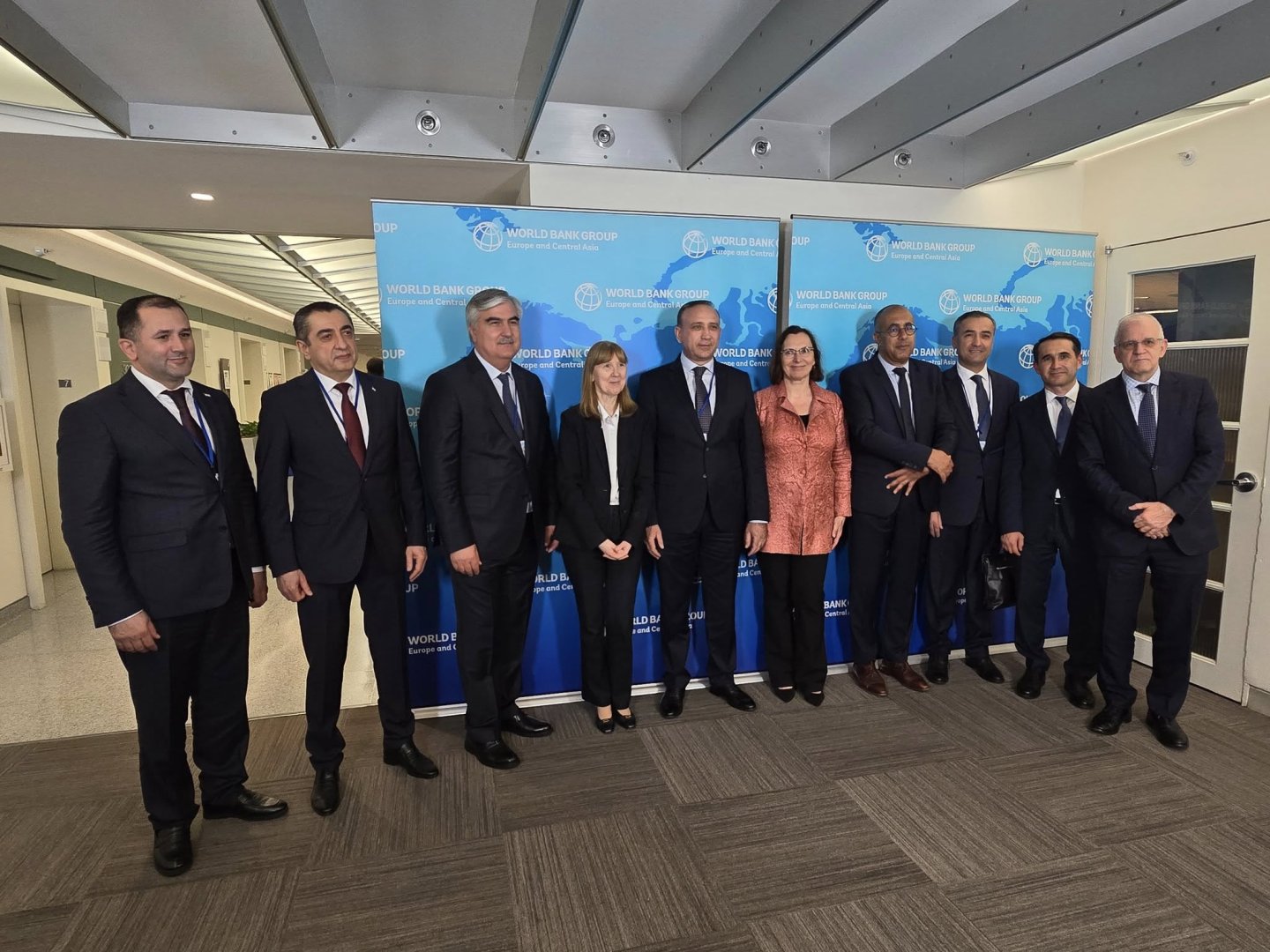


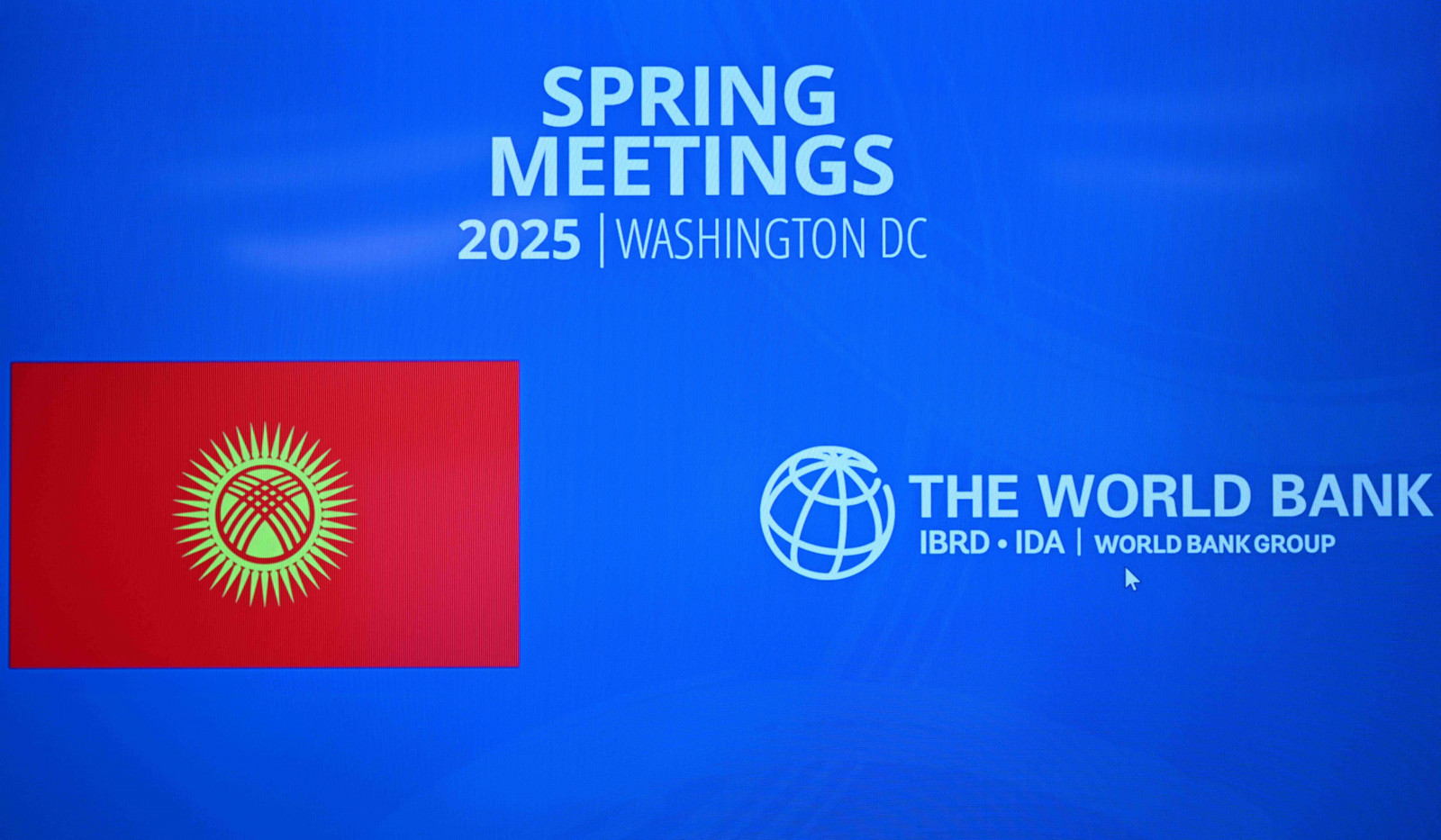





















.jpg?Expires=1840057655&Key-Pair-Id=K2ZIVPTIP2VGHC&Signature=wJwrcS8n-Er6ujchBGqfGkd2w08wif2h7ndkCZ7p52yIS0Z97q2VwjyHl2pUhZbwiWRK~HEEd7StLHDgePgwpFh52MsK-cO2ZNkMaKp67~4OQ2SlSDHDuvnTPHEqAsp15ix1tshz1BGNWERbbtve~U6bm7b-llauLLbA00H42GrMBBsaZzFsuDRSKPQwFFiySIgMTWPLaDVgk0~DT3pMf7B1Ar1~W6w18tKUIm2c919bYk~5gJn5lNlsAcSXQ~~RrcumlfsQ02Op62hCp3F3rwjAPQN0f2St~OfQ3sNvJ4eFCHDwj5nZSdKoggwH6qqpnpHV98Q~RprW8mLVBRYrJA__)

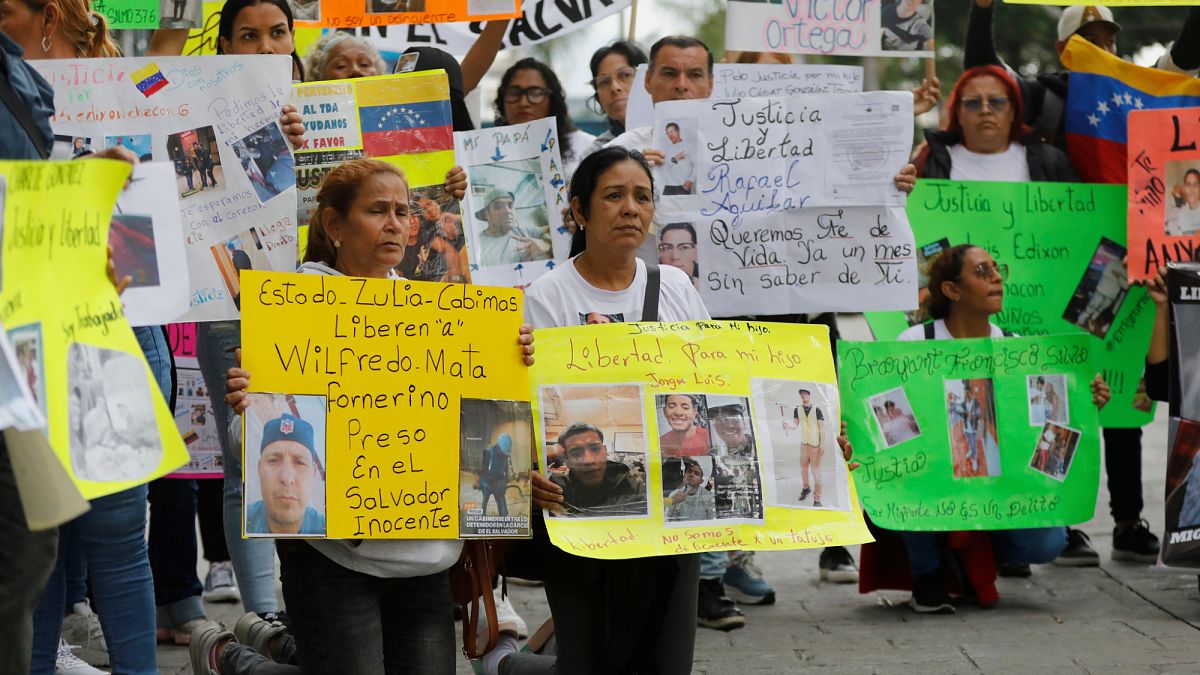
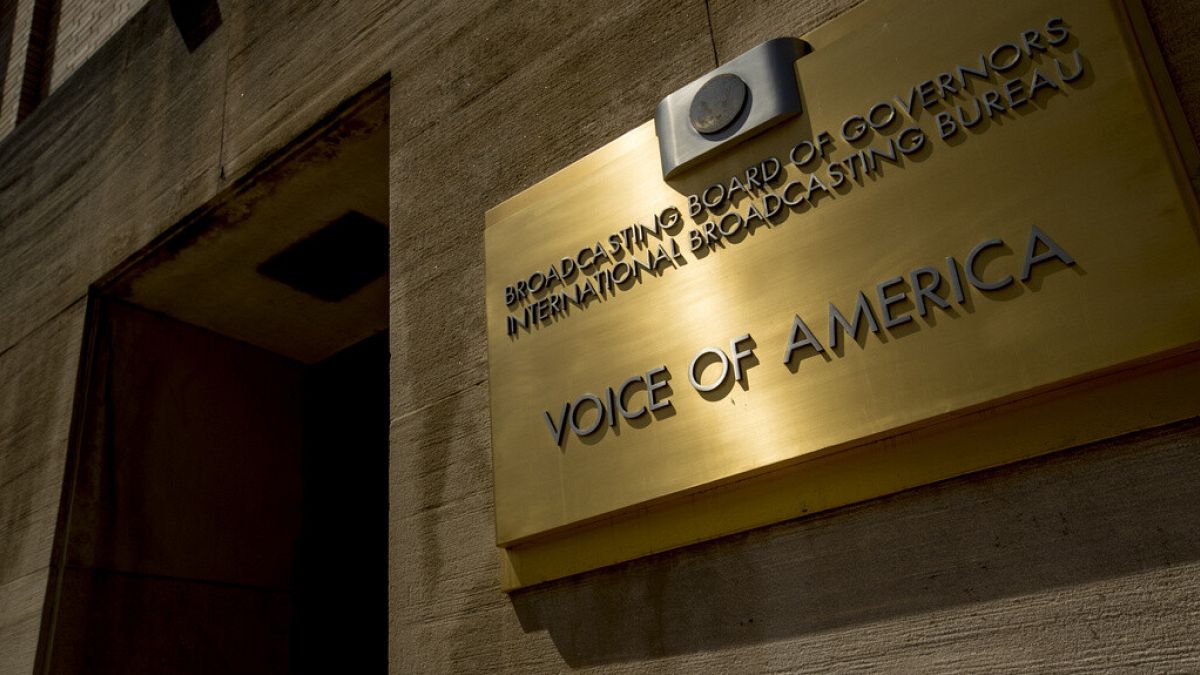
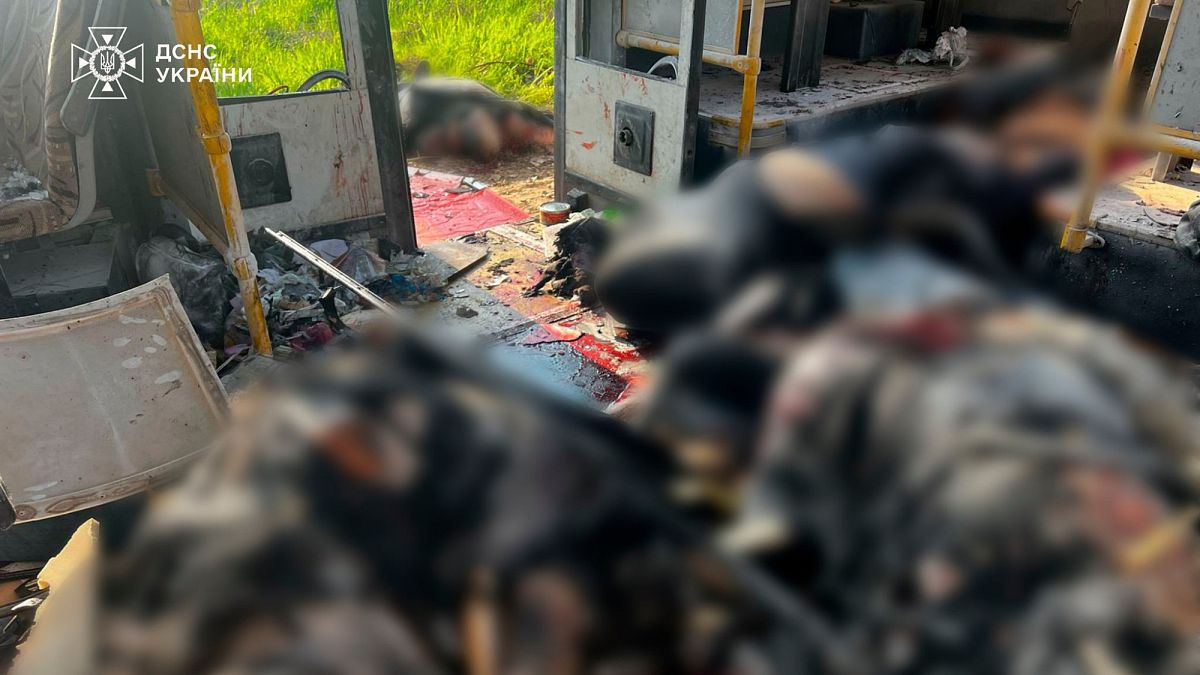









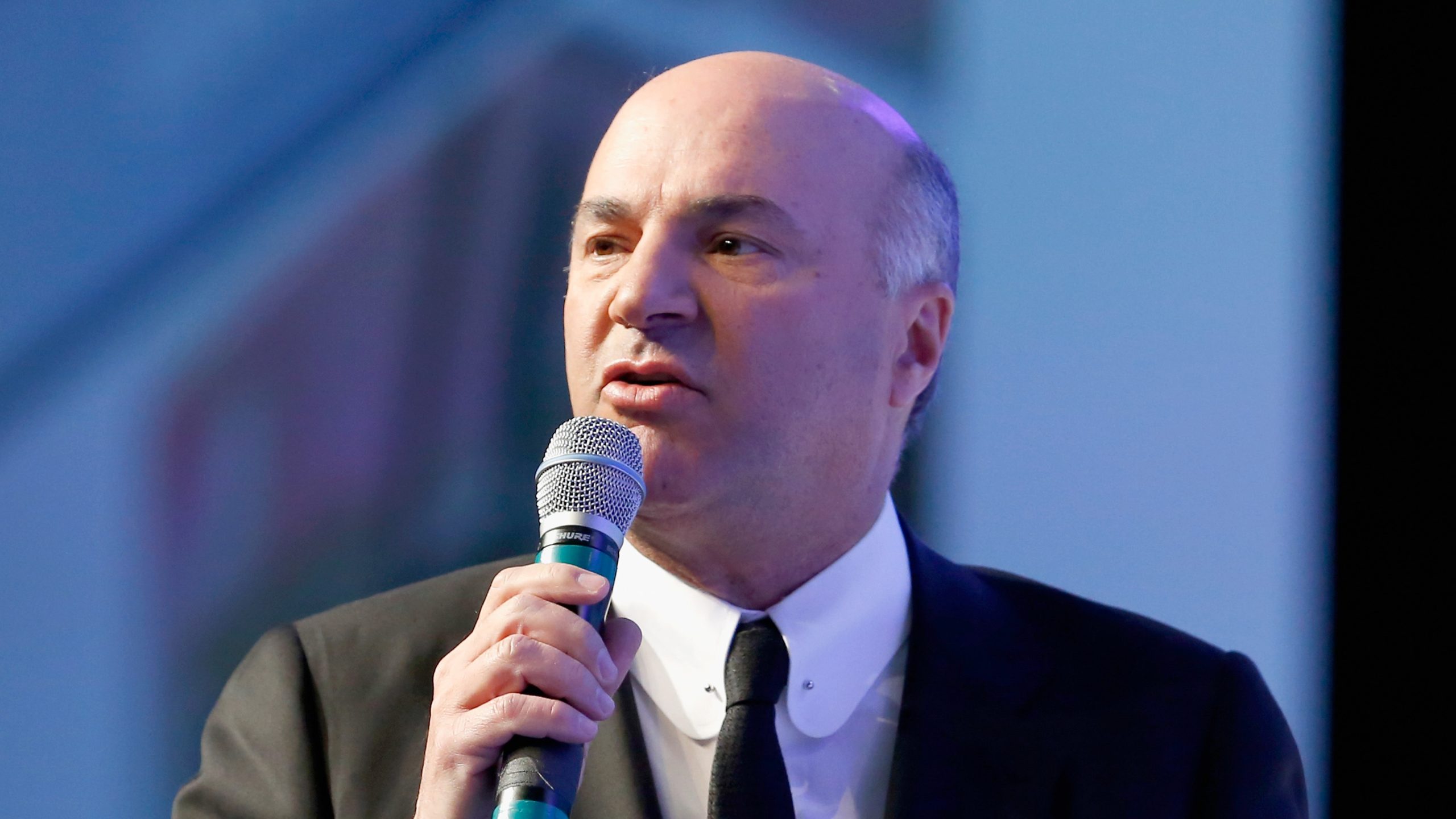


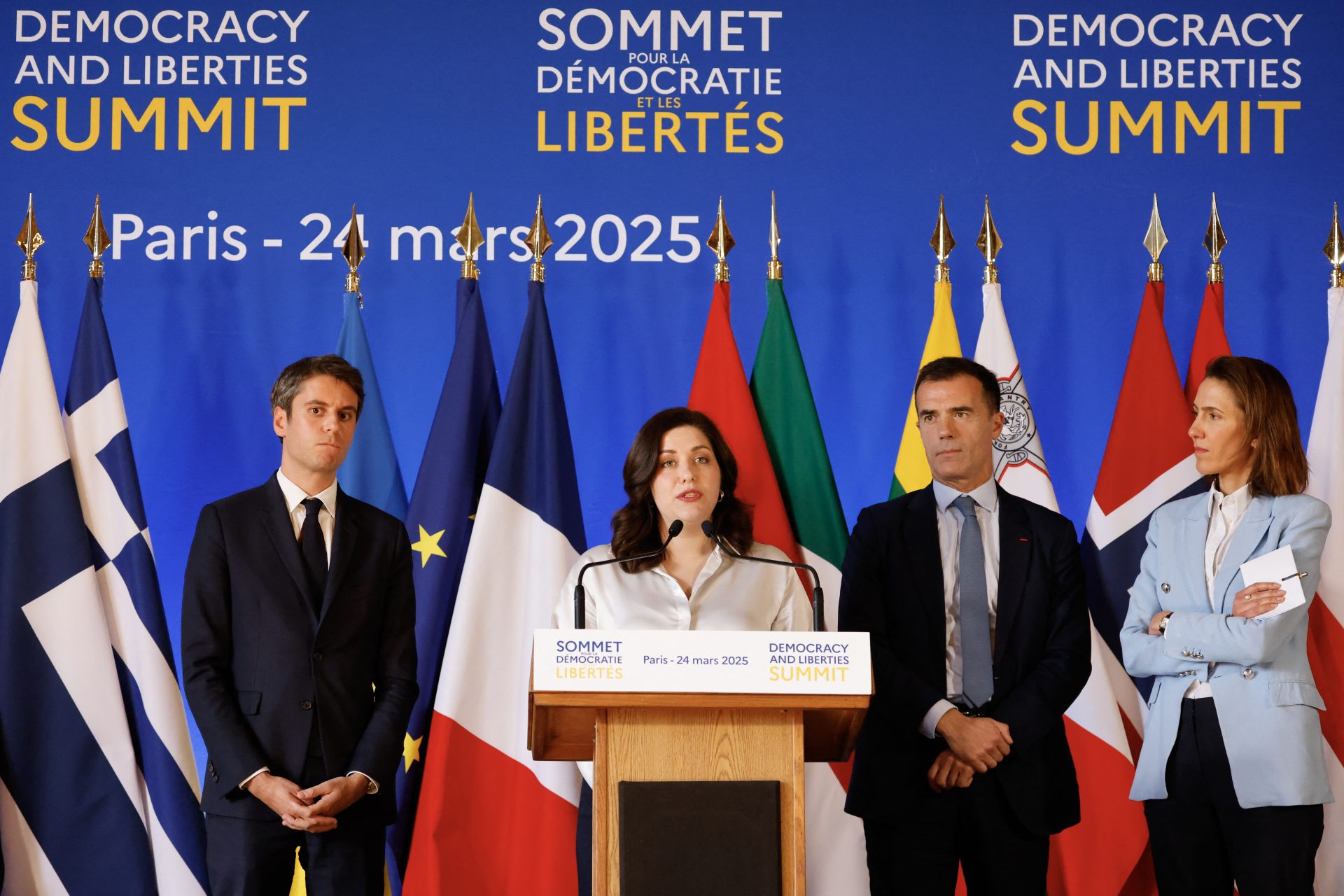

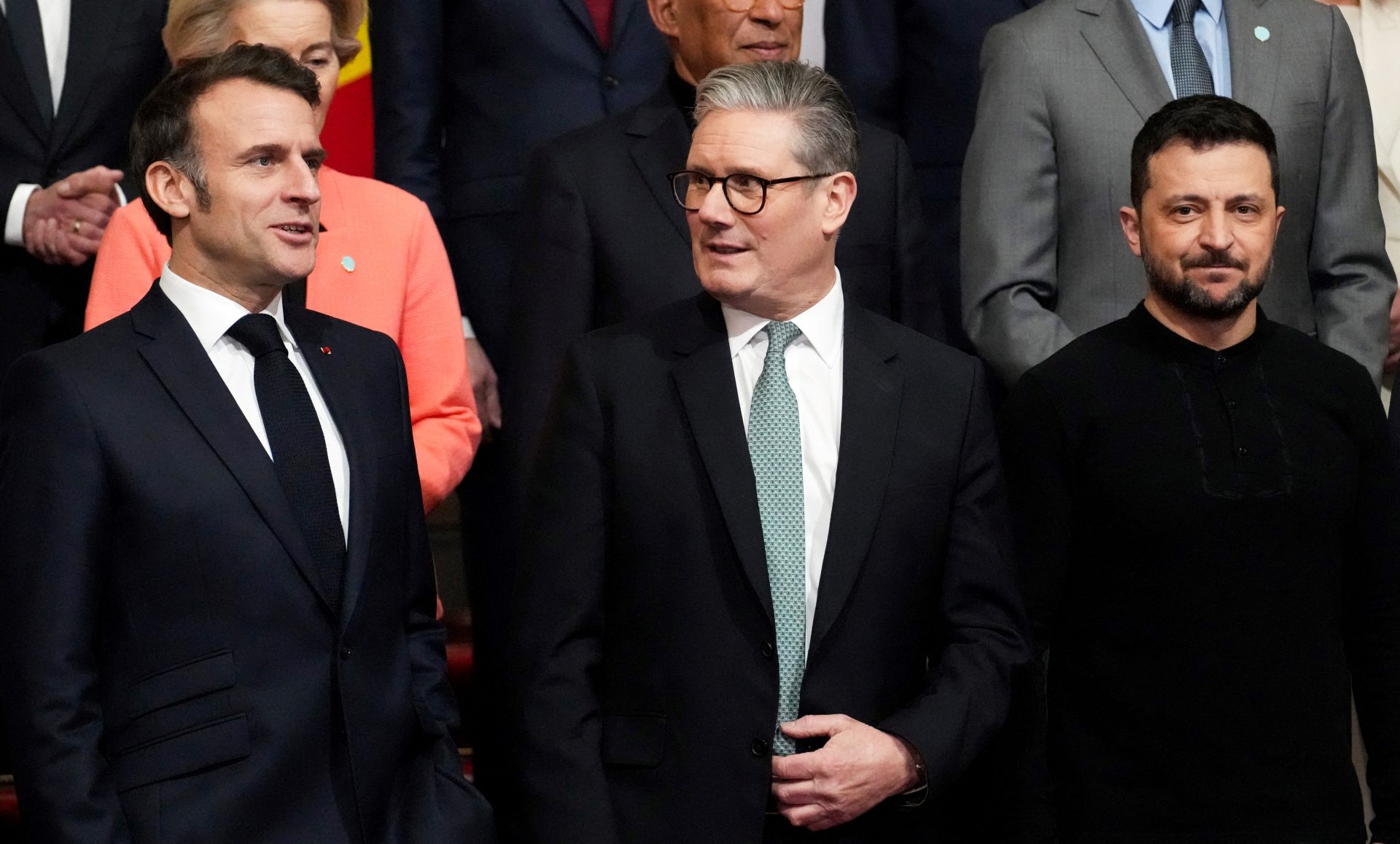





.png?Expires=1838763821&Key-Pair-Id=K2ZIVPTIP2VGHC&Signature=IO0~CT3pU-TcxGc~yoZSmoQx23MZVuK-~4jSii~NKEblRmyO3el7NXPu~Rh1o23voASg7hlcHLw4kvQuDK1jssEhcjoNBBvEpZ~GGOAU6yosBhpHpeF179F~h7i6VxmsBNh9gtTutkoqY73O2YCFey~IAqSzKbBqETP1kP9cAg1916Z1YkJJs-5MliMrkZ5d7-mWGLbpHp2wGj2VlMph8XzYlL4~y1O7fB~JdIS~Rs4RMRs2x0WT1qUIpHAsf3GdwtOyAmKFSpIg8xCyNGZZ5h~13nXlmpd7uPvW8tBfttpG9pFTqcway-uch5WyfHOEfi7UlJCOWrr6fCYY5PMgSg__)
